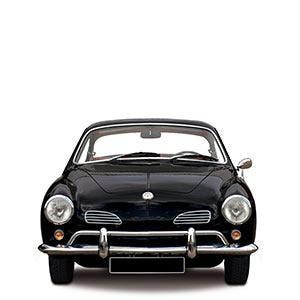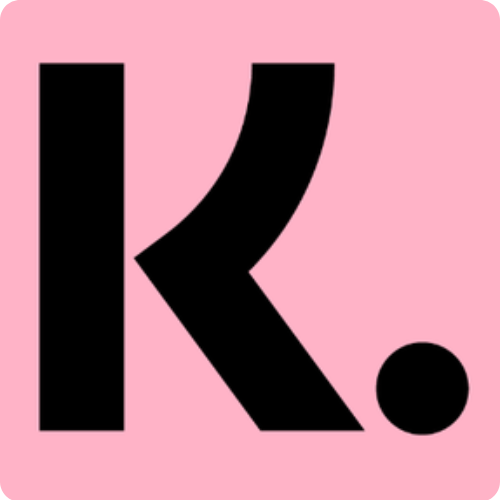Vehicle History | VW Type 25 Bus


First produced in Hannover during May 1979 the TYPE 25 (or T3 as it’s known in the rest of the world) was Volkswagens replacement for the Bay Window Type 2 van. Available in several variants including the Transporter, Caravelle, Vanagon, Doka, Pritche and Multivan the TYPE 25 was to prove a very versatile vehicle.
EA162 as it was known was a complete departure from the previous Bay Window models, gone was the previous front suspension set-up of a beam axle, replaced by a more modern double wishbone system, the rear moving onto a semi-trailing arm set-up.
Initially powered (or rather under-powered) by a choice of 2 aircooled flat 4 engines, not dissimilar to the Bay Window power plants, the bus was offered with either a 50hp 1600cc unit (the CT), or a 70hp 2000cc (the CU).
Early TYPE 25’s were offered either in panel van, single cab pick-up (Pritche), double cab pick-up (Doka) or bus configuration. In February of 1981 VW added a 50hp Diesel to the range, the engine being a 1600cc watercooled inline 4 cylinder, previously used in the Golf.
In September 1981 VW launched the Caravelle, essentially a luxury version of the bus, interior upgrades included seat cowls, and floor mats throughout.
Early Type 25’s are easily identified by a variety of means, namely twin round headlamps, pressed chrome metal bumpers with plastic end caps, pressed vents on the rear pillars, and no lower front grille appeture.
October 1981 saw the introduction of the waterboxer engines, a development of the old aircooled units, the waterboxers still featured gear driven cams. Built in an aluminium case the waterboxer came in two different sizes, 1900cc and 2100cc.
The new engines featured Heron combustions chambers, meaning that the heads were flat, and the combustion chamber was actually part of the piston, rather than being in the head, leading to bowl shaped tops to the pistons.
These pistons were contained within cast-iron liners which were inserted into the waterjacket with a rubber lip style head gasket, a departure from normal methods the liner is then inserted into a recessed cut-out in the head and sealed with compressable metal rings.
Early waterboxers were plagued by unreliability problems, stemming from head gasket failures. These failures were the result of a few design flaws on the engine, the alloy which VW had chosen to use for the cylinders would weaken when subjected to overheating, therefore as soon as the engines reached 90°C the metal would crack, causing coolant to leak into the oil.
Corrosion and the poor placement of some of the engines sensors was also to blame for these early failures. The waterboxer engine had come into existence due to the original air-cooled motors no longer being capable of meeting the emissions standards set by the ruling agencies in the markets where the TYPE 25 was being sold.
Over the life of the TYPE 25 VW offered several different variants of both the waterboxer engines:
Petrol Engines
- DH, 1913cc, 83bhp,
- Digijet fuel injection DF, 1913cc, 59bhp,
- 34-PICT Carburetor DG, 1913cc, 76bhp, 2E3 or 2E4 Carburetor
- EY, 1913cc, 55bhp, 34-PICT Carburetor
- GW, 1913cc, 89bhp, Digijet fuel injection
- MV, 2100cc, 95bhp, Digifant fuel injection
- SS, 2100cc, 90bhp,
- DJ, 2100cc, 112bhp, Digijet fuel injection
Diesel Engines
All the diesel engines offered in the TYPE 25 were all based on various Golf engines, hence the inline 4 cylinder layout, they were offered in the following configurations:
At the same time as the introduction of the wasserboxer engines, the appearance of the TYPE 25 changed, with the rear vents being replaced by mould plastic covers, and the 2nd lower grille on the front for the radiator.
1983 saw VW changing the names of the various TYPE 25 configurations, all the buses are now under the “Caravelle” banner, with the following letters relative to the trim level, C, CL or GL.
All commercial versions are called “Transporter” and the previously named Westfalia “Camper” was renamed “Joker”. This was also the first time the 4 square lamp grille was offered.
VW also produced a 4x4 version of the TYPE 25, in the form of the Syncro, released in two different versions, a 14” Wheeled option, and the 16” variant. The 16” Syncro is a far more heavily engineered version with a longer wheelbase, bigger wheel arches, stronger driveshafts, bigger CV joints and larger diameter disc brakes as well as a reinforced chassis.
All Syncros are surprisingly capable off-road vehicles, and all benefit from having the underside substantially reinforced and protected with skidplates and bars.
The TYPE 25 was available in a variety of camper conversions including; Westfalia, Holdsworth, Danbury, Devon and Reimo.
Amongst others, one of the more distinctive conversions was that by Karmann, called the Gipsy, which was a complete coachbuilt conversion on a pick-up style chassis. Not the most attractive conversion, it appeared almost as though someone had taken a caravan and rather unceremoniously dropped it onto the back of a pick-up, though it offered considerably more living space than the traditional van based conversions.
Whilst the TYPE 25s don't necessarily have the cult status that the earlier two generations of Transporter, a late Syncro Westfalia can easily command a five figure price tag these days.
Whilst Syncros didn’t come with locking differentials as standard the customer could specify rear only, or front and rear differentials, this helped the TYPE 25’s ability off road, and went some way to making up for the lack of axle articulation. The driver was able to switch the diff locks on and off from the cab, whilst the vehicle was on the move.
1990 saw 2WD TYPE 25 production come to an end in Europe, with the Syncro being axed 2 years later, however the TYPE 25 was to be given a new lease of life in the South Africa.
The South African TYPE 25s look very similar to their European counterparts, with only subtle differences in the rear vents, grille and lights and larger side windows identifying them. Whilst externally the vans look similar, the South African models feature a 5 cylinder 2600cc similar to that of the Audi 200s.




 Beetle
Beetle
 Karmann Ghia
Karmann Ghia
 Type 2 Split
Type 2 Split
 Type 2 Bay
Type 2 Bay
 Type 25
Type 25
 Transporter T5
Transporter T5
 Golf Mk1
Golf Mk1
 Golf Mk2
Golf Mk2


 911
911
 996
996
 997
997
 986 Boxster
986 Boxster
 987 Boxster
987 Boxster
 912
912
 944
944
 924
924





